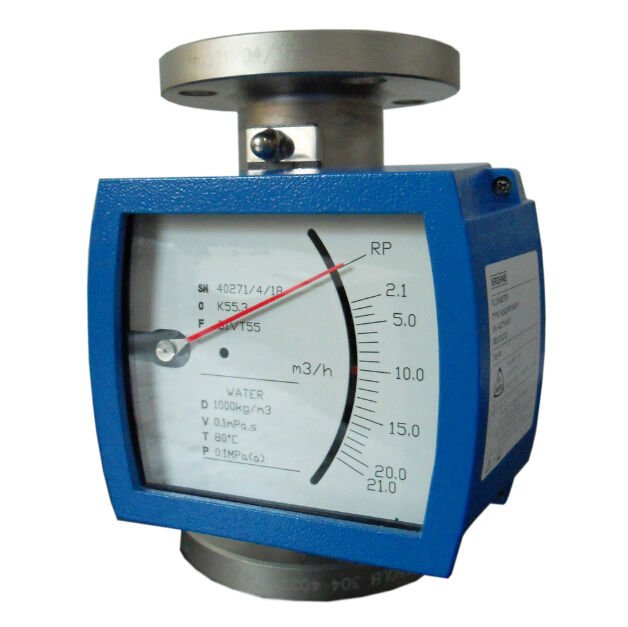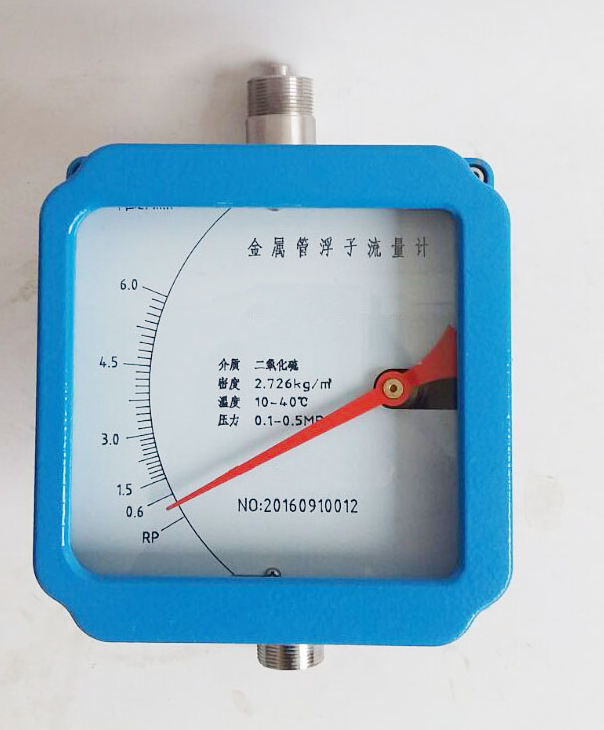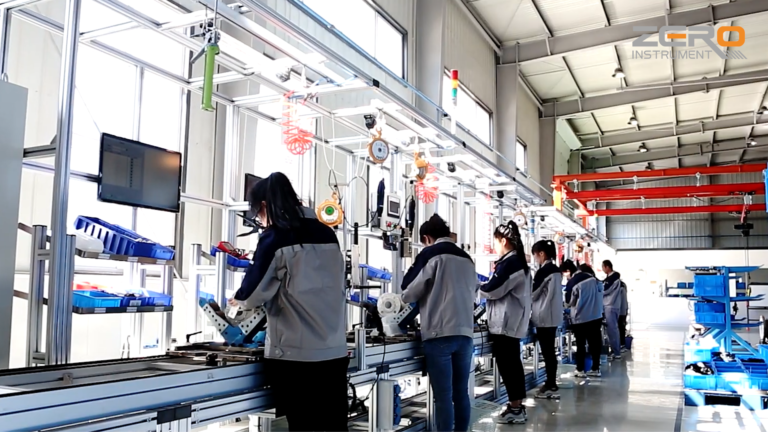A rotameter, commonly known as a variable area flowmeter, is typically not suitable for horizontal installation due to its design and operating principles. The fundamental working mechanism of a rotameter involves the movement of a float within a tapered tube. As the fluid flows through the tube, the float rises or falls depending on the flow rate. This movement is governed by two main forces: the drag force exerted by the flowing fluid and the gravitational force acting on the float.
In a standard vertical installation, the float experiences gravity pulling it downward, while the fluid flow generates an upward force. The float reaches an equilibrium position where these two forces balance, allowing for accurate measurement of the flow rate. The position of the float corresponds to specific flow rates, and the scale on the tube provides a visual indication of the flow.

Why Horizontal Installation is Problematic
When installed horizontally, the gravitational force no longer acts along the length of the tube in the same way. Instead of pulling the float down the axis of the tube, gravity pulls it toward the side of the tube. This sideways force interferes with the float’s movement and disrupts the balance between gravity and fluid drag. Consequently, the float may either stick to the side of the tube or fail to move in response to changes in flow rate. As a result, the flow readings become unreliable or inaccurate.
The accuracy of a rotameter depends on the free vertical movement of the float, which is essential for it to adjust in response to variations in flow rate. Since horizontal installation prevents the proper alignment of the forces involved, the float cannot move freely, rendering the device ineffective for accurate flow measurement.

Exceptions and Special Designs
While standard rotameters require vertical installation, there are specialized designs that can accommodate horizontal installation. These designs typically involve modifications such as a guided float or additional mechanisms to compensate for the altered gravitational force. However, such designs are not common, and they may be more expensive or complex than traditional vertical rotameters.

Alternative Flow Measurement Devices
For applications where horizontal installation is necessary, other types of flowmeters are more suitable. Some alternatives include:
Turbine Flowmeters: These devices use a rotating turbine within the flow path, which spins in response to fluid flow. The rotational speed is proportional to the flow rate, and they are typically less affected by installation orientation.
Ultrasonic Flowmeters: These use sound waves to measure flow velocity. Since they do not rely on mechanical parts, they can be installed in various orientations, including horizontally, without affecting accuracy.
Electromagnetic Flowmeters: Designed for conductive fluids, these devices measure the velocity of a fluid using electromagnetic induction and are not dependent on gravity, making them suitable for horizontal installation.

Conclusion
In summary, while rotameters are highly effective for vertical flow measurement due to their simple design and reliance on gravity, they are generally not suitable for horizontal installation. If horizontal installation is required, users should consider other types of flow measurement devices that do not depend on gravitational force for accurate operation. For specialized cases, custom or modified rotameters may be available, but these are less common and may involve additional costs or complexity.
